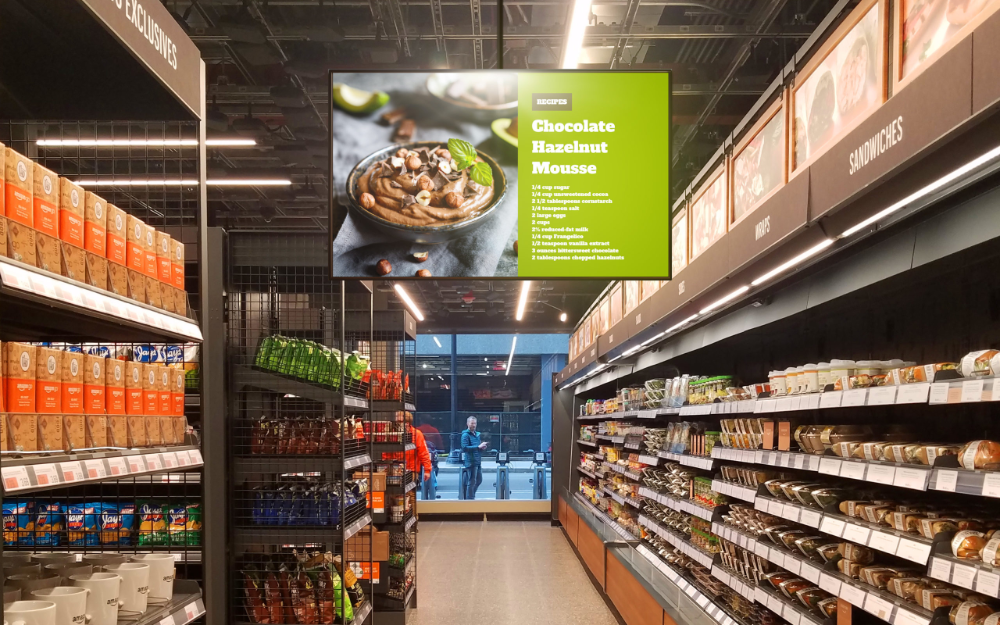How Effective is Digital Signage?
Digital signage is rapidly becoming an integral part of marketing strategies across various industries. From retail and hospitality to education and industrial settings, over 25% companies are incorporating digital signage into their advertising campaigns. This surge in adoption is reshaping the way businesses communicate with customers and promote their products and services. In this article, we delve into the effectiveness of digital signage compared to traditional forms of signage.
Effectiveness of Digital Signage vs. Conventional Signage
In the pre-digital era, businesses relied on traditional advertising methods, including billboards, posters, brochures, and flyers. Creating content and producing physical materials demanded extensive time and resources.
Fast forward to the digital age, where many businesses still cling to traditional signage. While conventional signage has proven its worth in the past, it's essential for businesses to adapt to evolving consumer demands.
In today's information age, customers expect instant access to content and seek engaging interactions with businesses. Digital signage meets these demands by offering versatile multimedia displays, real-time content updates, customisation options, and scheduled content delivery, saving businesses valuable time and money.
Benefits of Digital Signage
Here are some key benefits that highlight the effectiveness of digital signage:
- Allow Customer Self-Service: In an era of instant gratification, customers no longer want to wait in line. Digital signage, particularly interactive displays, allows customers to access crucial product information independently. This reduces wait times and enhances their shopping experience.
- Attract Attention: Human brains process visual information faster and more effectively than text. Digital signs leverage this fact with dynamic displays featuring attractive images, vibrant colours, and motion elements. Customers are naturally drawn to digital signage compared to static posters or billboards.
- Better Internal Communication: Digital signage isn't just for external communication. It also improves internal communication within businesses. Effective communication leads to higher employee engagement, faster goal achievement, and increased employee retention.
- Improve Brand Retention and Recall: Digital signage helps customers remember specific ads or messages. The brain retains visually presented information better, making digital signs a powerful tool for brand recall.
- Increase Sales: Digital signs guide customers through the sales funnel, motivating them to make purchases. Targeted content, based on location or demographics, can drive sales and increase brand awareness.
- Inform, Educate, and Entertain: Digital signs engage viewers with dynamic, entertaining content, making it easier to deliver information effectively. The engaging design improves visitor experiences.
- Reduce Business Costs: While the upfront cost of installing digital signage may seem high, businesses save significantly on maintenance and labor costs. Digital signs require minimal maintenance, and content can be updated remotely in real-time.
- Update Content Instantly: One of the primary advantages of digital signage is its flexibility. Content can be updated with just a few clicks from a remote location, allowing businesses to respond quickly to changing circumstances.
Choose Digital Signage for Your Business
Digital signage offers numerous advantages over traditional signage. It enhances customer experiences, increases revenue, and provides valuable insights into marketing effectiveness. As consumers continue to demand engaging and dynamic content, digital signage remains a crucial investment to stay ahead of the competition and ensure long-term profitability.
Invest in digital signage to maximise your reach, improve customer experiences, and keep your company relevant and profitable in this digital age.
